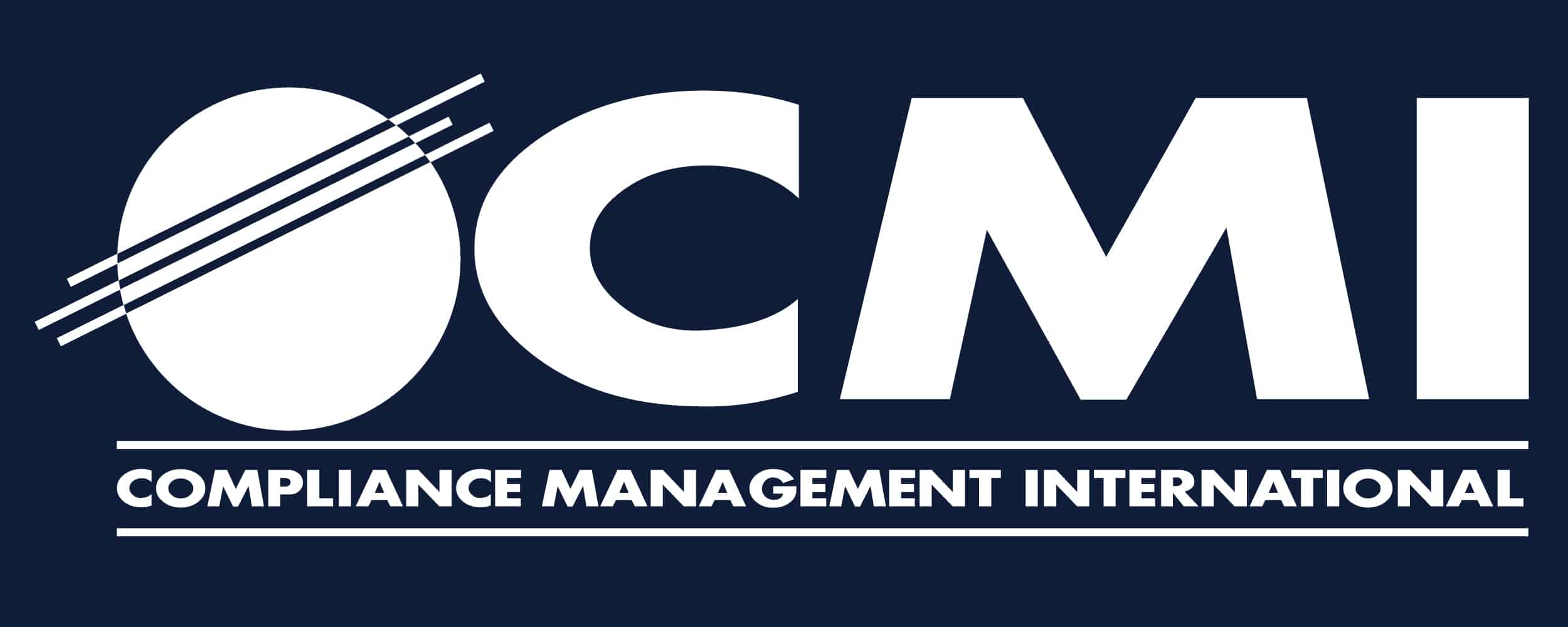
In recognition of National Ergonomics Month, CMI is spotlighting the importance of ergonomics in making your workplace safer and more productive.
Every day we use products designed to fit us based on who we are and our goals. We adjust car seats to drive comfortably; ride right-sized bicycles to stay healthy; swing height-based golf clubs to chase that elusive hole-in-one and roll bowling balls of different weights in search of the perfect game.
These products have one thing in common, they are designed to better fit us so we can perform at our best. This is what ergonomics is all about – fitting products and jobs to us instead of us adapting to the products and jobs.
In the workplace ergonomics can often be overlooked. This can lead to workstations, equipment and tools that don’t fit employees of different sizes, shapes, and physical capabilities. When this happens employees can’t perform at their best, hurting job performance and potentially leading to sprain and strain injuries.
Annually about 30-35% of all workplace injuries and 40-45% of workers’ compensation costs are caused by poor design. According to the Liberty Mutual 2023 Workplace Safety Index, the number 1 cause of workplace injuries is overexertion from lifting, carrying, pushing, and pulling objects, costing businesses about 12.8 billion dollars.
Although sprains and strains are the most frequent type of workplace injury, that doesn’t have to be true for your workplace. Using some basic ergonomics principles to prevent these injuries can be easier and less costly than dealing with them after they happen. Furthermore, ergonomics can help you lower workers’ compensation costs, enhance work quality, and increase worker retention.
So, to mark National Ergonomics Month, take a moment to think of how you can use ergonomics in your business. One simple way is to watch the work being done and look for tasks with these potential risk factors:
- Forceful exertions – lifting parts and boxes; pushing or pulling carts; inserting parts into place and gripping and pinching hand tools.
- Awkward and fixed postures – reaching too far forward or above the head, and bending, twisting, squatting, or kneeling.
- Hand intensive work – working on an assembly line; sorting and packing products, continuously triggering a paint gun or welder.
- Contact stress – using tools with handles that are too short, resting elbows or forearms on workbenches, kneeling, carrying heavy loads on the shoulders.
- Vibration to the hands or whole body – using grinders, sanders, jackhammers or operating heavy equipment.
As you watch the work, talk with your employees. Ask them about tasks they find physically difficult to get done or tasks that make them sore and tired at the end of the day, and then ask them if they have ideas to make the work safer and easier to do. Many times, they will have a simple, effective fix already in mind.
However, there may be times when the risk of injury is difficult to determine, or a solution is not obvious. In these situations, a formal evaluation conducted by someone with more experience and training in ergonomics might be needed. An Ergonomist can evaluate the task to determine the risk of injury and work with you to create practical, cost-effective solutions.
Workplaces, equipment, and tools designed with ergonomics principles ensure every employee is working at their best – safely, comfortably, and productively. The bottom line is ergonomics is good for your employees and good for your business.
If you need assistance in conducting an ergonomics evaluation, training your team, or developing an ergonomics program, CMI has the experience to support you to achieve your goals.
Written by Ed Havey, M.S., CPE, Ergonomist
